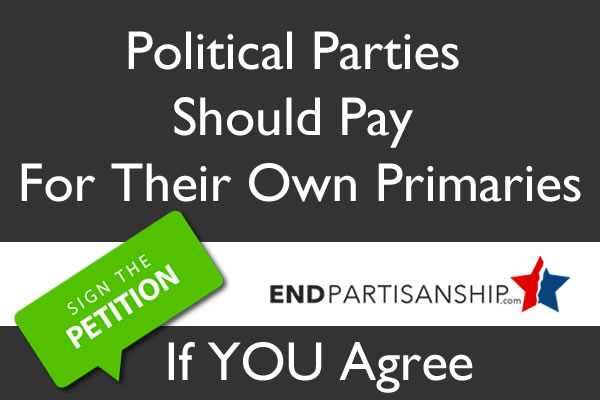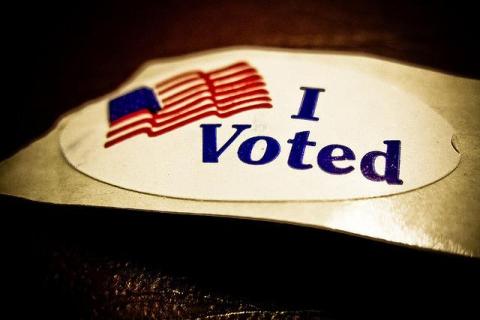Last week, FairVote.org released a new policy paper, in which it presents a proposition to resolve the deficiencies of California's nonpartisan top-two primary.
FairVote is an advocate for reforming U.S. elections "to respect every vote and every voice in order to increase voter turnout, meaningful ballot choices and fair representation." In 2010, theyopposed Proposition 14, the initiative that created "top-two" in California, which the group believed had severe flaws.
After analyzing the effect of the top-two primaries in Washington between 2008-2012 and the California 2012 elections, some believe the new system did not reform the electoral system in the way people hoped it would.
However, respecting the choice of Californians, FairVote chose to research ways to improve the nonpartisan top-two primary rather that try to reverse back to the old system.
Their 2014 Policy Perspective on how to fix top-two in California is articulated around three main ideas:
1. Change top-two to a top-four primary system
One of the main criticisms of top-two is that it reduces the choice of voters to only two candidates in November and most, if not all, of the time it will be two candidates from the Republican Party or Democratic Party, or even two candidates from the same major party.
In its policy paper, FairVote argues that the solution to this problem is to amend the current system to have the top-four candidates move on to the November ballot. This will not only give an opportunity to more candidates from minor parties to make it to the general election, but also increases the number of intraparty races.
Credit: Fair Vote2. The November ballot becomes a ranked-choice system
The November election would be decided with ranked-choice voting. The voters will have the opportunity to rank up to three candidates on the ballot. Those rankings would simulate two runoff rounds:
- First eliminating the candidate in fourth place and then eliminating the candidate in third place
- To ensure the winner has majority support when matched against his or her top opponent.
This system is already being used for municipal elections in San Francisco and Oakland.
3. Improve the party labels on the ballot
Under the current system, party labels associated with a candidate on the ballot merely indicates a party preference and not a party endorsement. This system has been chosen to respect a previous Supreme Court decision that struck down California's blanket primary. However, data suggests that voters see candidates with a party label as the candidate for that party.FairVote believes the labeling system could be enhanced if the party or parties which endorsed a candidate were added after the candidate's name and party affiliation.
FairVote's policy paper offers many ideas to improve California's primary system, all of which have their benefits and their inconveniences. Ranked voting has not been without controversy in San Francisco and Oakland, especially regarding the complexity of the system for voters.
California's top-two system has only been used for one election cycle. It might be beneficial to wait a few more cycles before making any definitive conclusions on the effectiveness of the system and trying to change it again.


